 |
 |
 |
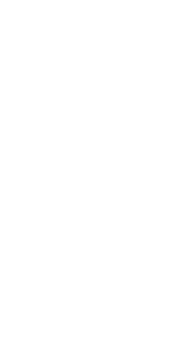
|
Sarcophagus lid with representation of a winged lady
Marble, 4th-3rd century BC, dimensions 197 x 68 x 76 cm, found at Carthage, Rabs necropolis
The female figure on this sarcophagus lid holds an incense jar in one hand and a dove in the other. She is wearing a crown with a hawk, a veil and an elegant robe on which traces of black paint and gold have been found. The lid displays a number of cultural influences. It is thought to have been made in Carthage by a Greek craftsman as the marble comes from Greece and the robe follows Greek fashion. However, representing the dead on sarcophagus lids in this manner was more of an Etruscan custom.
Collection: Musée national de
|
|
 |
Carthage
27/11/2014-10/5/2015
The riches and illustrious history of ancient Carthage
Winter exhibition in the Rijksmuseum van Oudheden, Leiden, the Netherlands
This winter the Rijksmuseum van Oudheden of the Netherlands (the National Museum of Antiquities, in Leiden) will be presenting an exhibition about the archaeological riches and the illustrious history of Carthage. This ancient city on the coast of modern-day Tunisia once formed the hub of the Punic and then the Roman trading empire. Over two hundred top archaeological exhibits from renowned international museums will be assembled in Leiden. and displayed in a Mediterranean setting and the ancient harbour. This exhibition on Carthage is the largest ever to have been on display in The Netherlands. ‘Carthage’ will run from 27 November 2014 to 10 May 2015. More information on www.rmo.nl/carthago
|

|
Posted 28 November 2014
|
Share this:
|
|
Highlights of the ‘Carthage’ exhibition will feature colourful mosaics, marble and bronze sculptures, intriguing funerary monuments and stelae, a selection of sophisticated jewellery and glasswork, and treasures recovered from a shipwreck. Historical and mythical figures such as Queen Dido and the Trojan hero Aeneas, the Carthaginian commander Hannibal, Emperor Augustus and the Church Father Augustine will introduce exhibition visitors to the city’s fascinating and tumultuous history. The story of Carthage begins with its foundation by Phoenicians in the ninth century BC and encompasses its glory days as the leading mercantile power in the Mediterranean region, its conflict with Rome, its destruction by the Romans and subsequent rebuilding as a Roman city, and ends in the seventh century AD when the city faded into obscurity. The exhibition will also focus on the rediscovery of Carthage’s ruins from the early nineteenth century
|
|
|
|
|
|
|
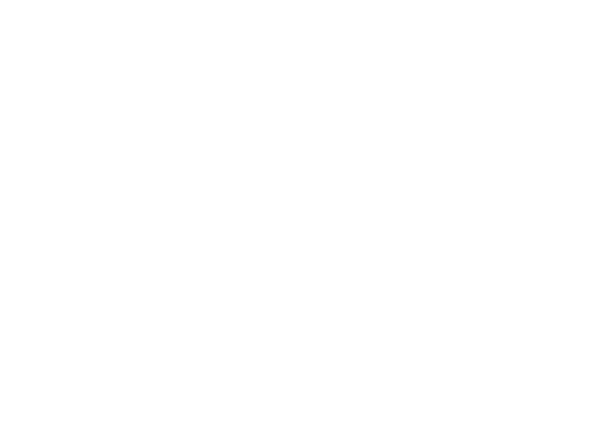
Waaier: voorstelling met Dido en Aeneas
Zijde, ivoor, parelmoer, ca. 1725; lengte 21 cm.
Collectie: Waaiercollectie van Felix Tal, Koninklijk Oudheidkundig Genootschap, Rijksmuseum Amsterdam
Foto: Rijksmuseum Amsterdam
Tentoonstelling 'Carthago' | 27 november 2014 t/m 10 mei 2015
|
|
|
|

|

|

|
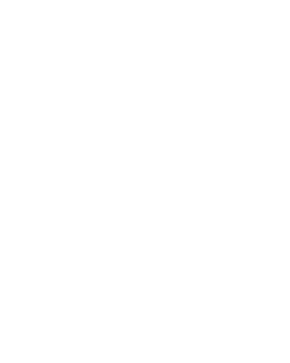
Cuirass
Gilded bronze, 3rd-2nd century BC, height 42 cm, found at Ksour es Saf
This bronze cuirass was found in 1919 at Ksour es Saf, when work to remove stones uncovered a Punic tomb containing a number of extremely important grave goods. Both sides of the cuirass are almost the same and bear virtually identical decorations: the goddess Minerva with elaborately dressed hair and a helmet with two horns.
Collection: Musée national du Bardo, Tunisia
Photo: Rijksmuseum van Oudheden
|
|
To accompany the exhibition the museum organises lectures, guided tours and courses. The museum also offers a publication (‘Carthago’, full colour, 230 pgs., in Dutch, Walburg Press, ISBN 9789057309939, €19,95) and a magazine(€3.50). Photos in the museum’s Temple Hall will offer an impression of the history of archaeological excavations at Carthage from the nineteenth century onwards. For the duration of the exhibition there will be an admission surcharge of €2.50 (from 18 years). The museum will be also open on Thursday nights: 17.00 - 21.00.
|
|
|
|

|

|

|
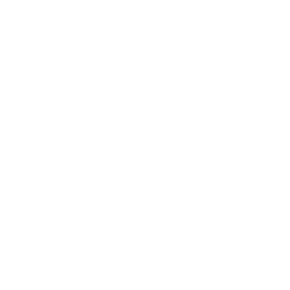
Signet ring
gold, 3rd century AD, diameter 1.8 cm, found at Carthage
The enormous wealth of Carthage becomes clearly apparent in the city’s material culture from the fourth century BC. The gold required to make jewellery was brought from the African interior in large amounts, via routes in the Carthaginian trading network that lay beyond the reach of Roman control for a considerable period. Gold necklaces and rings were mainly worn by the elite. Signet rings were important attributes used by the large group of officials and merchants who ran Carthage financially and economically.
Collection: Musée national de Carthage, Tunisia
Photo: Rijksmuseum van Oudheden
|
|
More than a century later Emperor Augustus rebuilt Carthage, which subsequently grew into the third largest city in the Roman Empire, after Rome itself and Alexandria. When the Romans converted to Christianity, Carthage also became Christian. In 439 AD Carthage was captured by the Vandals, an East Germanic tribe. After a period of prosperity under Byzantine rule, the city gradually lost its significance. Yet Carthage has always lived on in the European imagination as a popular theme in classical music, art, literature and films. In 1979 the ruins of Carthage received UNESCO World Heritage status
|
|
|
|
|

|

|

|
Among the exhibition’s sponsors are the Blockbusterfonds, the Tunisian Tourist Office in The Netherlands; Tunisair (official carrier); the Embassy of the Netherlands to Tunesia, Tunis; the Business Friends of the Rijksmuseum van Oudheden; AON.
Loans have been provided by the Musée national de Carthage, Tunis; the Musée national du Bardo, Tunis; the Musée du Louvre, Paris; the British Museum, London; the Sopraintendenza del Mare, Palermo; the Rijksmuseum, Amsterdam; the National Numismatic Collection/De Nederlandse Bank, Amsterdam; Leiden University Libraries; Museum Boijmans van Beuningen, Rotterdam; the National Library of the Netherlands, The Hague; the Groninger Museum, Groningen; the Veenkoloniaal Museum, Veendam; the EYE Film Institute, Amsterdam; the Allard Pierson Museum, Amsterdam; and the Koninklijk Oudheidkundig Genootschap, Amsterdam. The Rijksmuseum van Oudheden is supported by the BankGiro Loterij.
|
|
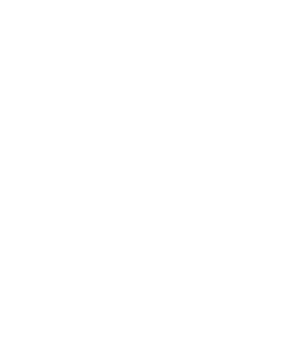
Bead in the form of a head with painted face
Glass paste, 4th-3rd century BC, height 7 cm, found at Carthage
The city of Carthage was an important centre for glass production. Pendants made of glass paste are the best known products of this industry. It is thought that these were worn as amulets, to ward off evil forces. Carthaginian glass products were traded over a wide area. Modern technology has been used to establish where such pieces were originally made.
Collection: Musée national de Carthage, Musée national du Bardo, Tunisia
Photo: Rijksmuseum van Oudheden
|
|
|
|
|
|
|
|
|
|


